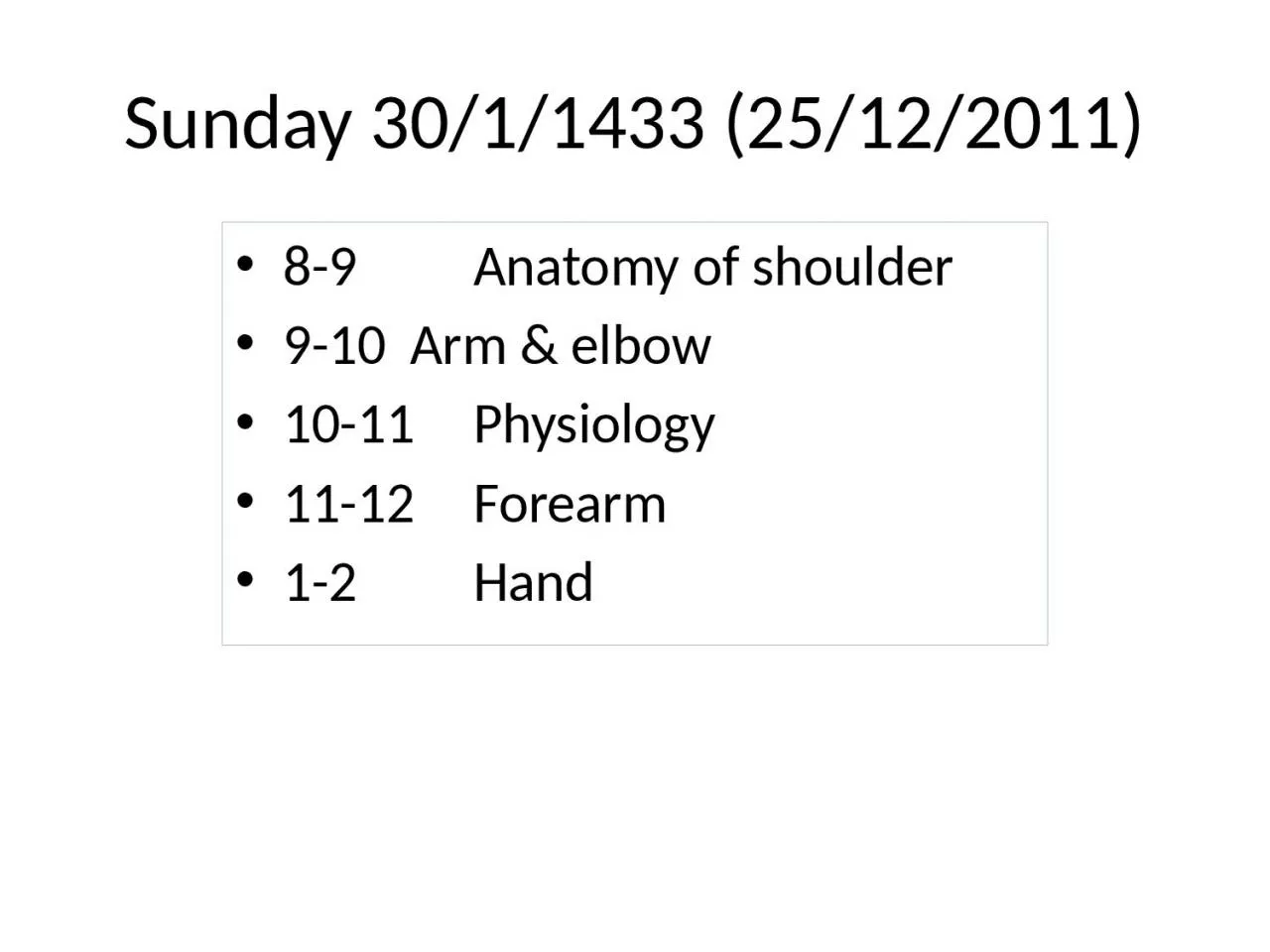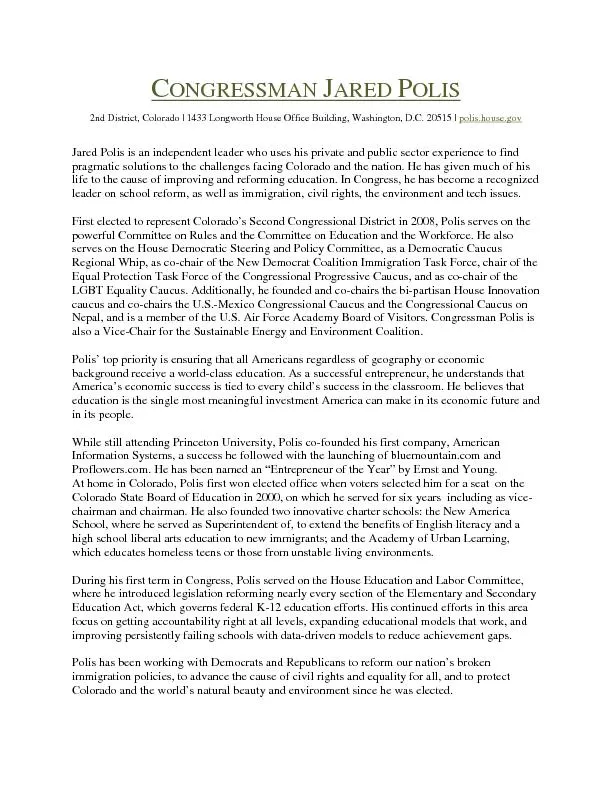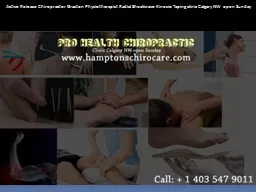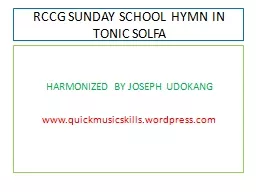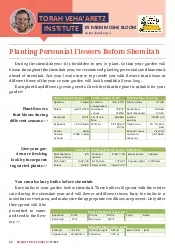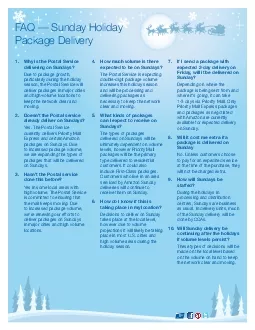PPT-Sunday 30/1/1433 (25/12/2011)
Author : evans | Published Date : 2024-03-15
89 Anatomy of shoulder 910 Arm amp elbow 1011 Physiology 1112 Forearm 12 Hand Axillary amp Median Nerves Prof Saeed Makarem amp Dr Zeenat Zaidi Objectives At
Presentation Embed Code
Download Presentation
Download Presentation The PPT/PDF document "Sunday 30/1/1433 (25/12/2011)" is the property of its rightful owner. Permission is granted to download and print the materials on this website for personal, non-commercial use only, and to display it on your personal computer provided you do not modify the materials and that you retain all copyright notices contained in the materials. By downloading content from our website, you accept the terms of this agreement.
Sunday 30/1/1433 (25/12/2011): Transcript
Download Rules Of Document
"Sunday 30/1/1433 (25/12/2011)"The content belongs to its owner. You may download and print it for personal use, without modification, and keep all copyright notices. By downloading, you agree to these terms.
Related Documents

